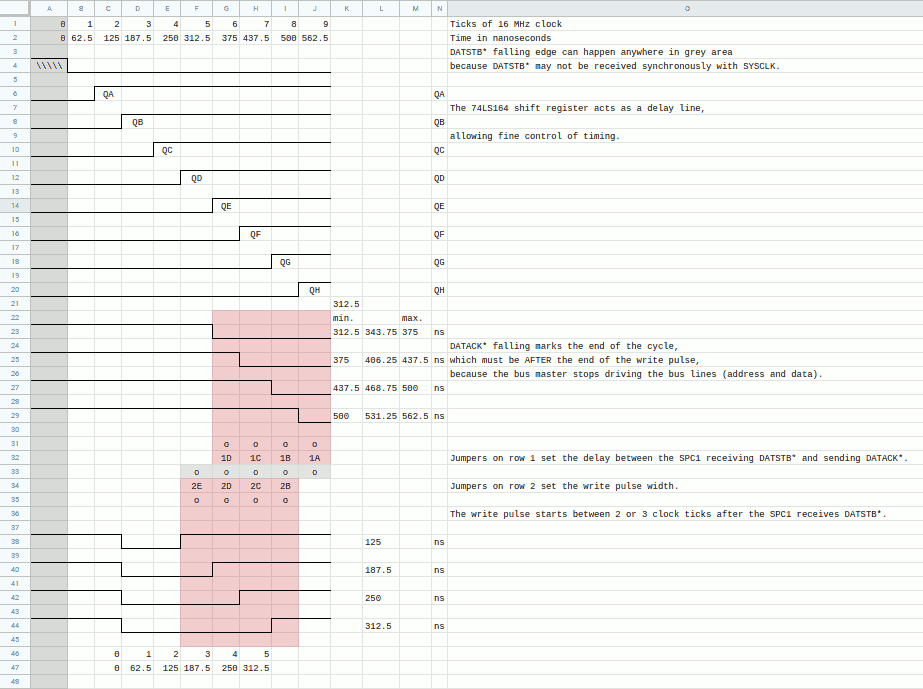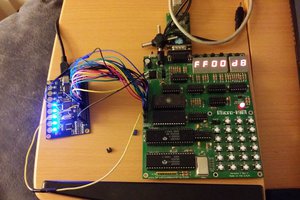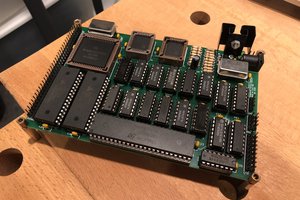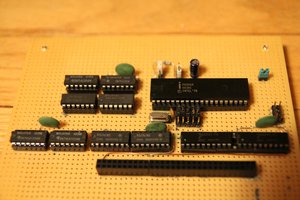The circuit shows how simple it is.
Technology has progressed so much that one can easily fit a megabyte of RAM on a processor board for less than the cost of a DIN41612 connector. Graphics cards are memory mapped, but these days most people have a PC they can use as a terminal, so video output is not that useful.
Many STEbus boards were designed so it is difficult to think of ones that have not already been invented. Being an industrial bus, most boards were very practical. Serial, parallel, battery-backed memory, flash memory, ADCs, DACs, data storage.
So I try to think of things that are more frivolous and fun. Sound effects for instance. I'd like to make a sound board with the SID, AY38910, POKEY, playing music while an SP-0256 speech synthesis chip sings Benny Benassi's 'Satisfaction'. It sounds like Stephen Hawking providing backing vocals for this power tool advert:
If you really want to be nerdy, you could feed the audio into your tesla coil sound system:
If anyone can think of a better application, let me know and I will add it to the list here.
A quick google revealed that Hawking's voice is based on an ISA bus board carrying an 80188 that breaks English text into phonemes and sends them to an NEC 77P20 DSP. A lot more sophisticated than the SP-0256. Alas it is not available for download, since the original software is under copyright.
 Keith
Keith



 Jac Goudsmit
Jac Goudsmit


 Bentendo64
Bentendo64
Is there a gerber file available for this board?
I need to make a few for experiments.